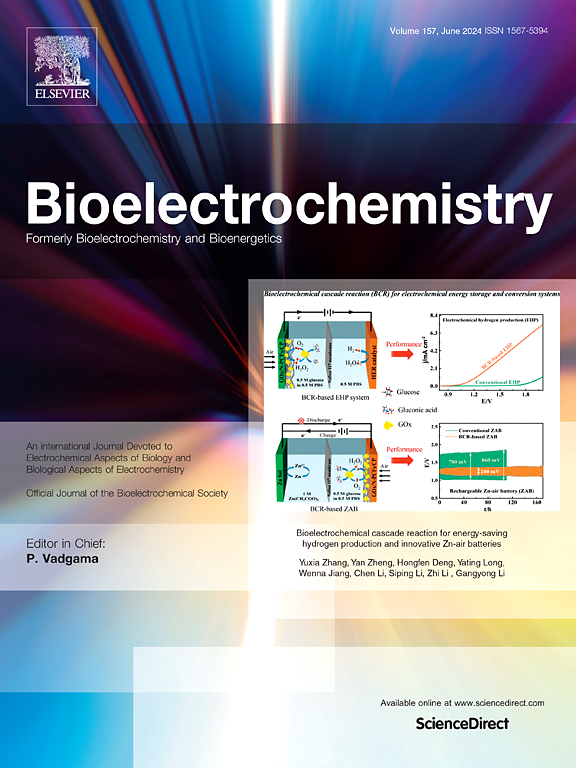Dynamic changes of serotonin transporter expression in the prefrontal cortex evoked by aggressive social interactions
IF 3.6
2区 医学
Q1 NEUROSCIENCES
引用次数: 0
Abstract
Aggression is a complex behavior influenced by developmental experiences, internal state, and social context, yet its neurobiological underpinnings remain insufficiently understood. The serotonergic system, particularly the serotonin transporter (SERT), plays a crucial role in aggression regulation. Here, we investigated region-specific, dynamic changes in SERT expression following aggressive interactions and in mice subjected to early-life social adversity. We found that aggressive encounters (resident-intruder test) triggered a significant, rapid increase in SERT immunoreactivity within 90 min, accompanied by neuronal activation in aggression-related brain regions, including the medial prefrontal cortex (mPFC), lateral septum (LS), medial amygdala (MeA), ventromedial hypothalamus (VMHvl), lateral habenula (LH), and dorsal raphe (DR), but not in the paraventricular thalamus (PVT). Notably, this SERT upregulation occurred across the aggression circuitry but was accompanied by a significant increase in 5-HT levels only in the mPFC, a key region in top-down regulation of social and aggressive behavior. This SERT upregulation was not observed following exposure to a non-social challenge, suggesting that it may be more specifically associated with social contexts. Using super-resolution microscopy, we identified an increased density of SERT localization points within serotonergic mPFC axons after an aggressive encounter. Social isolation during adolescence, a model of early social neglect, impaired this rapid SERT response, particularly in the ventral and medial orbitofrontal regions, and altered the relationship between SERT levels and aggression-related behaviors. These findings demonstrate that SERT expression undergoes rapid, experience-dependent plasticity in response to social aggression, and that early-life adversity disrupts this adaptive mechanism, providing new insights into the serotonergic regulation of aggression and its potential relevance for stress-related social dysfunctions.
攻击性社会互动诱发前额叶皮层血清素转运体表达的动态变化
攻击是一种复杂的行为,受发育经历、内部状态和社会环境的影响,但其神经生物学基础仍未得到充分的了解。血清素能系统,特别是血清素转运体(SERT),在攻击调节中起着至关重要的作用。在这里,我们研究了SERT表达在攻击性相互作用后以及在幼年遭受社会逆境的小鼠中的区域特异性动态变化。我们发现,攻击性遭遇(驻地-入侵者测试)在90分钟内触发SERT免疫反应性显著、快速增加,并伴有与攻击相关的大脑区域的神经元激活,包括内侧前额叶皮层(mPFC)、外侧隔(LS)、内侧杏仁核(MeA)、下丘脑腹内侧(VMHvl)、外侧缰核(LH)和中叶背(DR),但室旁丘脑(PVT)没有神经元激活。值得注意的是,这种SERT上调发生在整个攻击回路中,但仅在mPFC(自上而下调节社交和攻击行为的关键区域)中伴随着5-HT水平的显著增加。这种SERT上调在暴露于非社会挑战后未被观察到,这表明它可能与社会环境更具体地相关。使用超分辨率显微镜,我们发现在侵袭性遭遇后,SERT定位点密度增加。青少年时期的社会孤立是早期社会忽视的一种模式,它损害了这种快速的SERT反应,特别是在腹侧和内侧眶额区,并改变了SERT水平与攻击相关行为之间的关系。这些发现表明,SERT的表达经历了快速的、经验依赖的可塑性,以应对社会攻击,而早期生活中的逆境破坏了这种适应机制,为5 -羟色胺对攻击的调节及其与压力相关的社会功能障碍的潜在相关性提供了新的见解。
本文章由计算机程序翻译,如有差异,请以英文原文为准。
求助全文
约1分钟内获得全文
求助全文
来源期刊

Neurobiology of Stress
Biochemistry, Genetics and Molecular Biology-Biochemistry
CiteScore
9.40
自引率
4.00%
发文量
74
审稿时长
48 days
期刊介绍:
Neurobiology of Stress is a multidisciplinary journal for the publication of original research and review articles on basic, translational and clinical research into stress and related disorders. It will focus on the impact of stress on the brain from cellular to behavioral functions and stress-related neuropsychiatric disorders (such as depression, trauma and anxiety). The translation of basic research findings into real-world applications will be a key aim of the journal.
Basic, translational and clinical research on the following topics as they relate to stress will be covered:
Molecular substrates and cell signaling,
Genetics and epigenetics,
Stress circuitry,
Structural and physiological plasticity,
Developmental Aspects,
Laboratory models of stress,
Neuroinflammation and pathology,
Memory and Cognition,
Motivational Processes,
Fear and Anxiety,
Stress-related neuropsychiatric disorders (including depression, PTSD, substance abuse),
Neuropsychopharmacology.
 求助内容:
求助内容: 应助结果提醒方式:
应助结果提醒方式:


